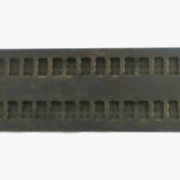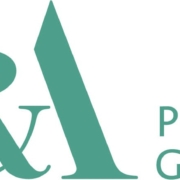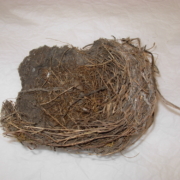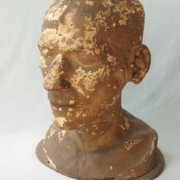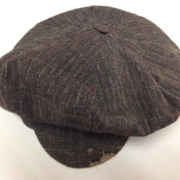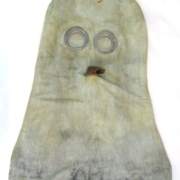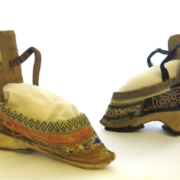Object of the Month – January 2019
The Holly and the Ivy
Holly and Ivy specimens from the herbarium collection of pressed, dried plants mounted on paper sheets. They were collected in 1864 by Joshua Clarke, a Botanist who lived at The Roos farmhouse on Debden Road, Saffron Walden with his brother Joseph. The Holly is from Stansted Mountfitchet and the Ivy was collected in Saffron Walden.
Holly is traditionally used in Christmas decorations. Did you know that holly and ivy are also a fantastic resource for wildlife? Animals struggle to survive in winter. Food is hard to find, days are short, the weather is cold and snow can cover the ground. Small birds and mammals spend all the daylight hours trying to find enough food. Deciduous trees lose their leaves in winter. However evergreen trees keep theirs, giving shelter and nesting sites, and their berries provide welcome food.
Female Holly trees produce red berries which are eaten by blackbirds, redwings, fieldfares and song thrushes. Caterpillars of the holly blue butterfly and privet hawkmoth feed on Holly leaves. When food is scarce in autumn and winter Ivy provides nectar, pollen and high calorie black berries. They are essential food for insects, small mammals and a variety of birds.
Come to Saffron Walden Museum to see these remarkably well preserved 154 year old plants, learn more about Joshua Clarke and find out how you can help animals to survive the winter.
On display from Wednesday 2nd January 2019 until the end of the month.
Ivy, Hedera helix



